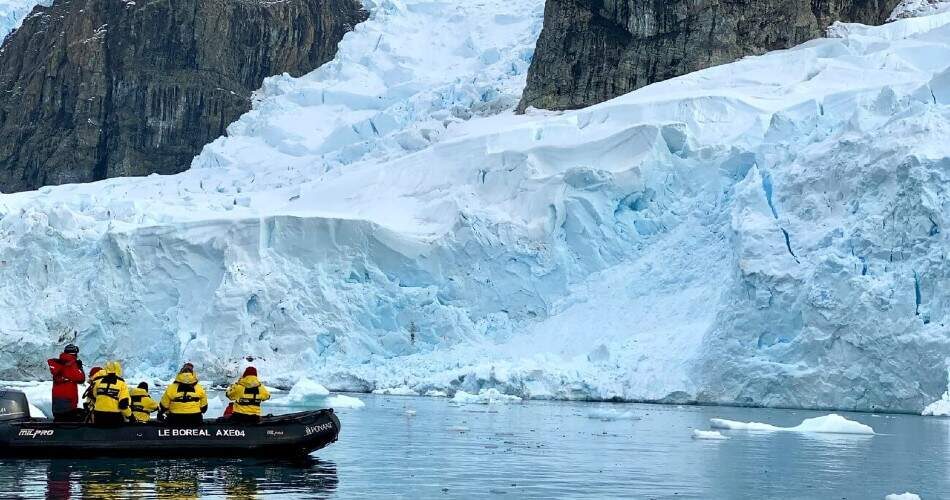Estimated reading time: 2 minutes
Antarctica is one of the most mysterious and less polluted regions in the world. Since its official discovery 200 years ago, human activity has increased. Currently, more than 30 countries have scientific research stations in Antarctica, more than 50,000 tourists visit this continent every year, and new infrastructure continues to be developed to meet this growth.
Antarctica has no cities, suburbs, agriculture, or industry. We have never known exactly where people have been, what area on the continent is untouched or unaffected by human activities, and to what extent these areas help protect biodiversity.
A study by Australian researchers and published in July in the journal Nature showed that human influence in Antarctica may be greater than previously thought. The research team analyzed a data set that includes 2.7 million records of human activity (historical sources, scientific and tourist records) over its 200-year history. Except for some areas in the central parts of the continent, people were present almost everywhere. According to their data, only 32% of the continent’s surface remained untouched by humans. Human activity has been extended, especially in ice-free and coastal areas, where most of the biodiversity is found.
Wilderness is represented by areas that are not severely affected by humans. This would exclude, for example, tourist areas and scientific research stations. Up to 99.6% of the continent can still be considered wild but does not include some of the most important biodiversity in Antarctica. Areas with birds on the continent are critical to conservation efforts and only 16% are in areas identified by researchers as ″areas of negligible impact″, with the rest being affected.
Specially protected areas currently cover less than 2% of Antarctica but include 44% of species such as seabirds, plants, lichens, and invertebrates. Most of these areas were established in 1961 under the Antarctic Treaty System, which governs the continent.
We have an opportunity in Antarctica to protect some of the world’s most intact environments and prevent further erosion of wildlife.
If you want to find out about Prince Philip’s visit to Antarctica, check out our article on this topic: Prince Philip (Duke of Edinburgh), visit to Antarctica.
[Photo from Unsplash]
